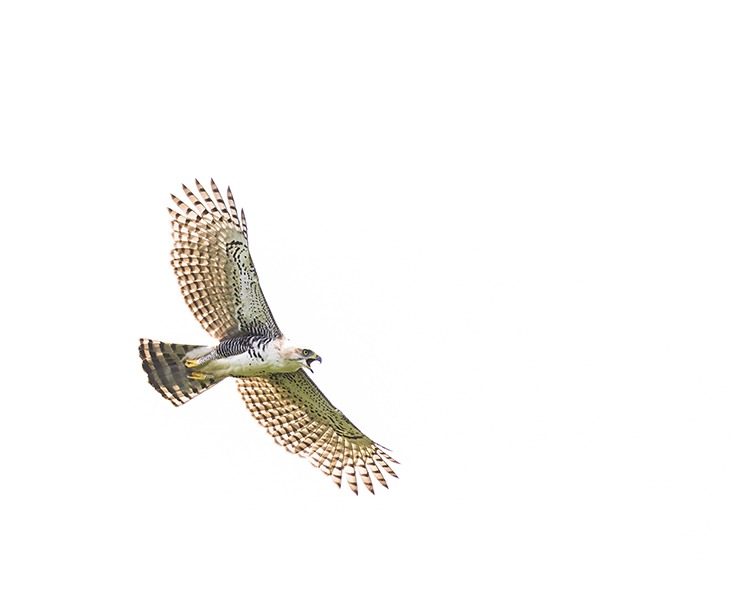
A couple months ago I had the questionable idea of not only spending all day birding, but coercing my colleagues here at 10,000 Birds to “join in the fun” for the next Global Big Day. I had, at the time, thought that there was ample time to arrange and mentally prepare for this event – I had May 2026 as my goal. Observant as ever, Kai slipped me the detail that there was indeed an October Big Day; a detail which sliced my preparation time considerably.
I rarely list – wrangling camera and binoculars is typically more than enough for my meagre two hands to manage – but a day of this magnitude warrants a shift in strategy. For Global Big Day this past May, I drove out from home under the cover of darkness and visited several areas, ultimately amassing a total of 144 species – which turned out to be a regional top score. As impressive as that sounds, Trinidad is the most biodiverse island in the entire Caribbean, so I was already positioned with an unfair advantage.
Nevertheless, I managed to convince several 10,000 Birds writers to go birding (a monumental task, I know) and submit their lists to a brand new team, the imaginatively named 10000BIrds Team.
After our first Global Big Day together, the numbers came pouring in.
In alphabetical order, there were totals from the following countries:
Canada – 9
China – 35
Costa Rica – 79
Netherlands – 21
Panama – 42
Serbia – 41
Trinidad & Tobago – 134
United Kingdom – 41
United States – 57
Consequently, our humble team of writers at 10,000 Birds managed to record a total of 375 species. Whether home patch or multiple patches, we managed to all (hopefully) have a bit of fun contributing to one of the world’s largest citizen science projects. Except maybe for Fitzroy, who fell ill after getting soaked in his attempt. If you are reluctant to believe me, here are some accounts and images of the day directly from the respective sources (I took the liberty of adding some photos from my personal library for illustrative purposes where there were no accompanying visuals).
Peter Penning:
Somebody somewhere decides to pick a date for a Global Big Day. This year the committee – pretty sure that’s who decides – picked October 11. You couldn’t miss it, both Merlin and eBird refused to budge before you accepted the message. The date has been set regardless of personal commitments, so this Big Day found me in my local park with the dog , while the truly big list was gathered a day later in Polderreservaat Schieveen.
The park delivered 16 species. The usual assortment of ducks: Egyptian Goose, Gadwall, and Mallard, plus honorary ducks Grey Heron, Common Moorhen and Eurasian Coot. In the old trees I observed Common Woodpigeons, Carrion Crow, Eurasian Jackdaws and Ring-necked Parakeets. It is noisy in the park at dawn. A Common Kingfisher darted across the pond just before I entered the more wooded section. The park is very good for Eurasian Wren and Eurasian Blue Tit, with quite a few European Robin at this time of year. I am assuming these are Scandinavian immigrants because there was only the odd pair earlier in the year. Another shout-out to the continent I am living on: Eurasian Jay. Nothing out of the ordinary this morning – with even a few of the “usual suspects” missing, until I spotted a Spotted Flycatcher. These birds are not doing very well in the Netherlands – their landscape requirements and modern agriculture are at odds – so I was mightily chuffed to see one. A modest, almost drab bird with a quiet beauty to it.
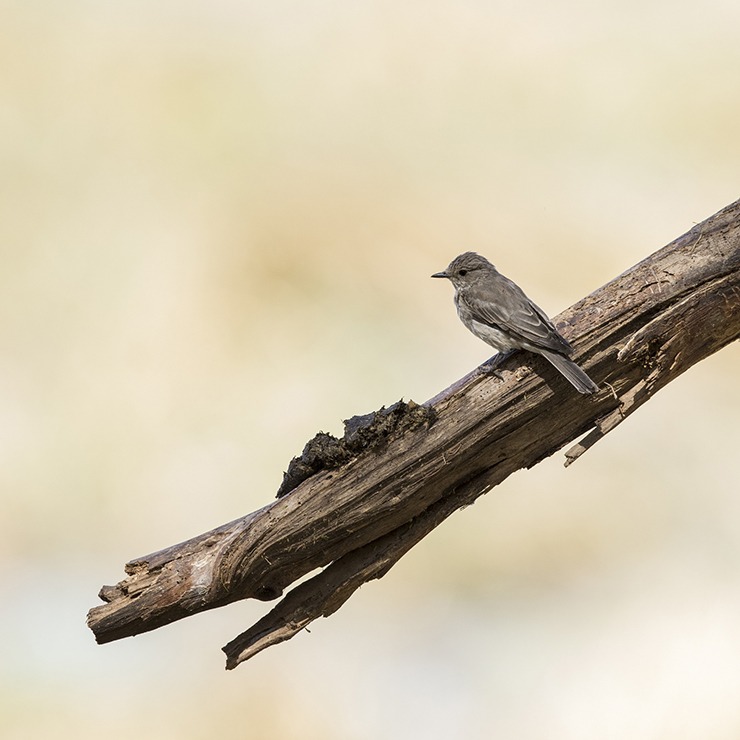
Spotted Flycatcher, by Faraaz
Fitzroy Rampersad:
My first Global Big Day birding, and filled with excitement we left home at 6am for the Gamboa Rainforest area, home to the famous Pipeline Road and less than an hour away.
First stop along the way was the Ammo Dump Pond, I had never birded there before, and technically, I still haven’t. We had barely left the car and before we could lift our cameras a steady rain started, strong enough to send us scrambling back into the car.
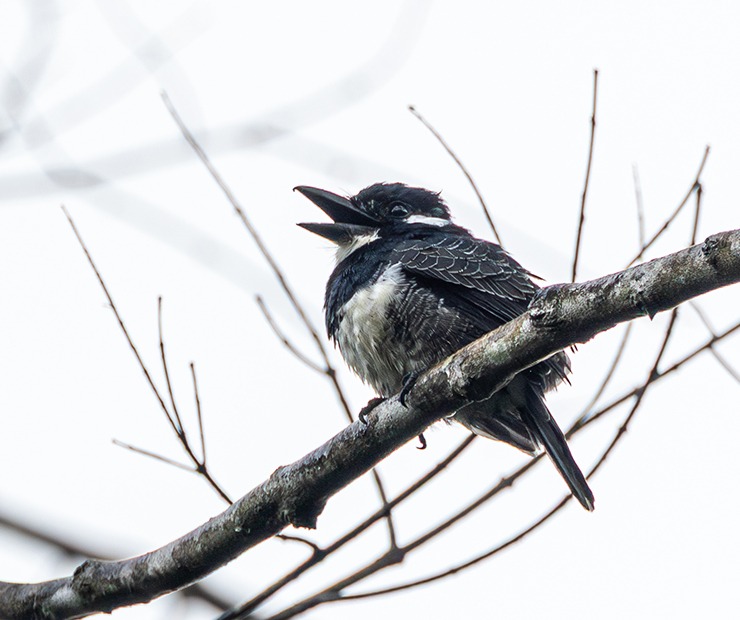
Black-chested Puffbird
Not yet 7am, and already a bit wet despite all the rain gear.
Still holding out hope, we moved on to Pipeline Road. Parked, walked about a kilometre in, and yep.. more rain. Hastily we made our way to the Discovery Centre to seek refuge, free coffee and snacks were welcomed us.
Now, to be fair, it’s October, and in Gamboa that means the odds of rain is statistically about 77% on any given day. It’s one of the wetter months of the rainy season here in Panamá, and this year was no different.
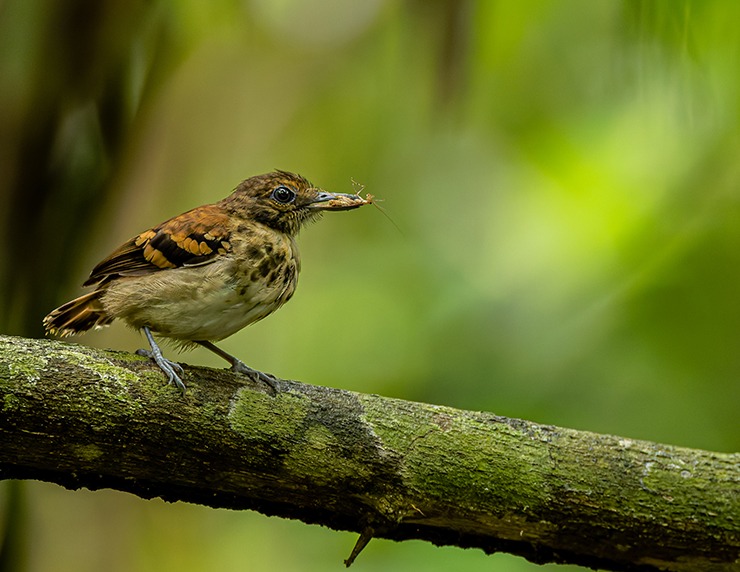
Spotted Antbird
As for the birds, we saw a few birds and heard a few more.
Photographing birds under the canopy of the rainforest is challenging on a good day, on a completely overcast and rainy day it was near impossible but I still managed a few shots.
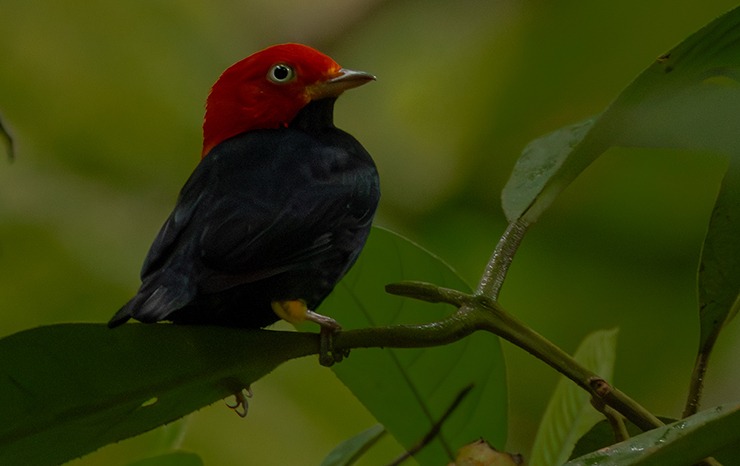
Red-capped Manakin
I ended the day with three lifers, a lot of mosquito bites (yes, I brought bug spray, and no, I didn’t take it out of the car), and a terrible flu on Sunday morning.
Was I disappointed? Hell no! (LIE). I am already looking forward to the next Global Day in May 2026.
David Tomlinson:
There was a time in my life when I was keen on what is generally called big-day birding, or, in other words, trying to find as many species in a day as possible. My best score in England is 155, but that’s overshadowed by the 292 I once managed in Kenya. However, both scores were the result of meticulous planning and a lot of hard work. In Kenya it involved two light aircraft, an ex-Safari Rally driver piloting a Range-Rover, a boat and several cars; for the English day I drove a Porsche 911.
So I have to be apologetic about the pathetic list I returned on 11 October. There was no planning involved, and I wasn’t even joined by one of my birding pals. Instead I spent my Saturday morning visiting a couple of local sites. At the first, a nature reserve, I was thrown by the fact that its mere had completely dried up, so there wasn’t a duck or a goose to be seen. I moved on, with just half a dozen birds in the bag.
The second site I visited also has a large mere, and one that never dries up. On this occasion it was disappointing, producing just two species of ducks (Mallard and Shoveler) and three of goose (Egyptian, Canada and Greylag). There was the usual assortment of gulls, though a Great Black-backed was a surprise, plus various other water birds, such as Moorhen, Grey Heron and Cormorant. A Red Kite and a couple of Buzzards soared over. And that, I’m afraid, was about it. I didn’t even manage 40 species. I promise to be much better prepared and to try a lot harder for our next team effort, in May 2026.
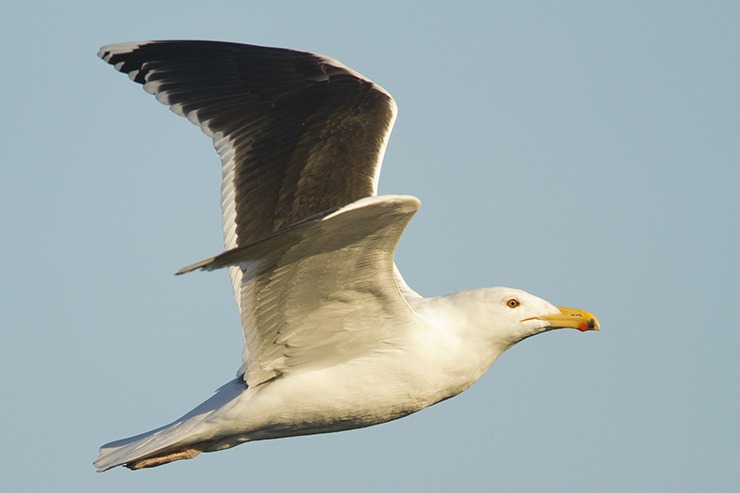
Great Black-backed Gull, by Faraaz
Mary Alice Hayward:
Being a new writer to 10,000 Birds and feeling honored to be included in emails organizing our writers’ team, I felt driven, super compelled to bird for the team on October 11 Global Big Day. Never mind that a massive tropical storm was hours away, that the sky was already darkening with swirling gray clouds and rain was threatening. I went out to my usual spot to see what had dropped or was skulking in the lower foliage and marsh grasses. Silence. No wind. No sun. Nothing. Not even a crow. After about a half hour of despair and vigilance, suddenly my eye caught movement. A bright neon orange flashed up on a low branch in the darkest part of a thicket. A Hooded Warbler! Wow a great bird! It was followed by a little gang of Red-eyed Vireos, Golden-crowned Kinglets, Carolina Chickadees, and a Ruby-throated Hummingbird. Elated, they went on my list for the team.


Hooded Warbler
Dragan Simic:
After never colder beginning of the month – literally, since the 19th century when measurements started to be recorded, early October was never so cold – weather finally became more pleasant. Off we went to Beljarica Backwaters (of which I wrote here often) and the new reserve Foreland of the Left Bank of the Danube near Belgrade (this is a literal translation of its horrible official name, yet a better one would be simply the Danube Backwaters).
The first, southern section held water and Green Sandpipers, Common Redshanks and stately Spotted Redshanks, Eurasian Teals harassed by a Western Marsh Harrier, soon followed by an impressive, very old White-tailed Eagle. Further upriver, the backwaters were bone-dry, but well-developed willow woodland held Eurasian Green Woodpecker, Willow Warbler, European Stonechat, Corn Bunting, several Great Grey Shrike and a few Mistle Thrushes. Warm sunshine, the last sips of cappuccino, and the end of a half-Big Day (it was only a half day tour).
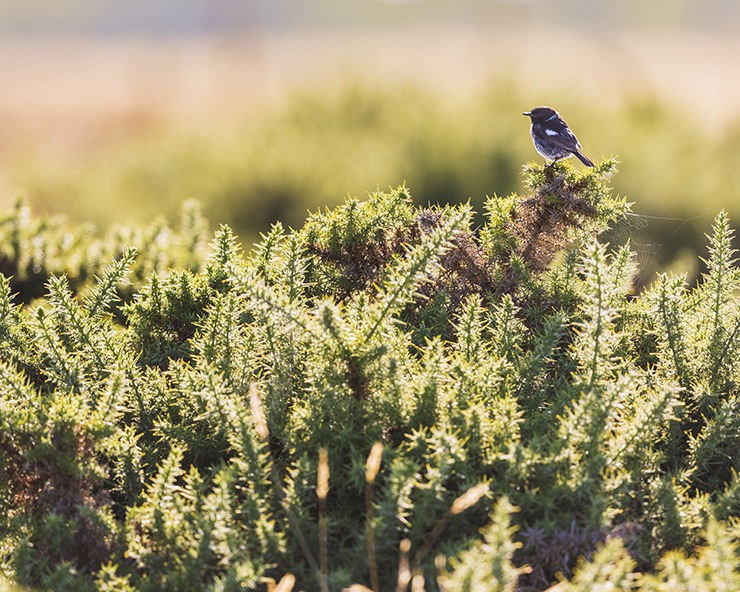
European Stonechat, by Faraaz
Kai Pflug:
Following the thread of how October 11 was chosen for the Global Big Day, one thing I can say for sure it was not with Chinese birders in mind. China has the peculiar habit of sometimes extending holiday periods a bit by turning weekend days near to those holidays into working days – and such was what happened on Saturday, October 11 (no tears for the Chinese working man in general: he/she got 8 days of uninterrupted nonworking days from October 1 to 8 instead).
But of course, this presumably means that many potential Chinese participants in the Global Big Day did not go out birding as on a typical Saturday but instead spent time in their respective offices (though maybe secretly watching bird videos from there, or even better, looking at posts on 10,000 Birds). Despite pressure from the Trump administration, Cornell still allows Chinese birders to use eBird, so that was not the reason for their presumed low participation.
And while I usually do not list any more (it takes time away from getting perfect or at least moderately decent bird photos, as Peter’s efforts so clearly prove), I felt I had to do something to represent China at least for 10,000 Birds. So, I went out to my usual location, listed about 35 species and got decent photos of about 1 species: Reed Parrotbill.
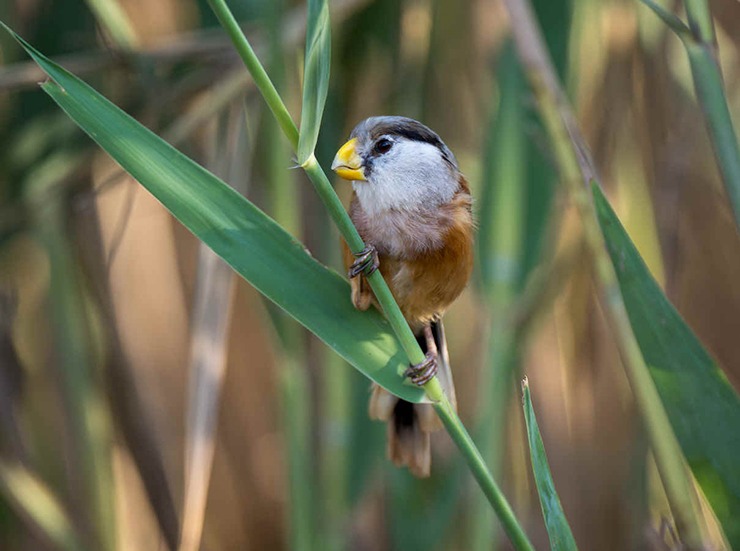
Reed Parrotbill
As for me, I am again at an unfair advantage. Trinidad is a small island with a plethora of different habitats within driving distance, so it doesn’t actually take a lot of effort to rack up a substantial total. Unless, of course, you’re speaking of miles and not bird species. We rolled out of home after the sky began to lighten, and thus missed out on any of around five Common Pauraque that would be lining the road during the hours of darkness. Our first destination was a swathe of rice paddies – I had hopes of finding a visible, open field without having to walk too far in, sadly all the fields we encountered were overgrown. The grasses provided food for a selection of non-natives, including Tricolored Munia and Common Waxbill, and housing for a colony of Village Weaver. Notable finds included a distant Hudsonian Godwit and an equally distant pair of falcons that were very frustratingly rapidly increasing the distance between them and myself. One seemed a bit larger than the other, at first I assumed they were a male/female pair of Peregrine Falcons, but after grabbing a couple pictures I realised that only the lead bird was an immature Peregrine, the other was a long-tailed, dark blue and rich rufous Aplomado Falcon.
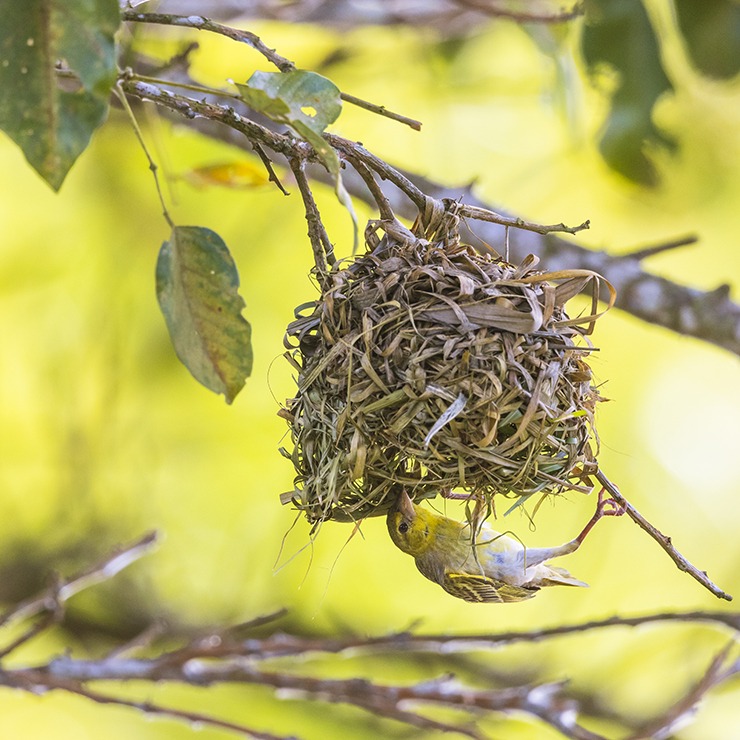
Village Weaver
I then poked around at a nearby patch of farmland before heading into the mountains. I didn’t expect to pick up anything new there – but a dark hawk eating a lizard in a field roused my suspicions. It seemed to not fit any boxes, which leads me to think it is a cross between a Savanna Hawk and a White-tailed Hawk.
By the time we stocked up on snacks and made it to the modest mountains of northeastern Trinidad, it was high noon. I didn’t expect much, but a fruiting tree nearby quickly changed that. Hepatic Tanager, Speckled Tanager, and an unseasonal sighting of a group of Swallow Tanagers along with the usual Bay-headed, Palm, Blue-grey, and Turquoise Tanager made for a busy subcanopy. Golden-headed and White-bearded Manakins called and a pair of Black-tailed Tityra made their presence known via their amphibian-esque croaks. An immature Ornate Hawk-Eagle made a flyby as well – the area has been inundated with local photographers keen on photographing this often difficult to see species.
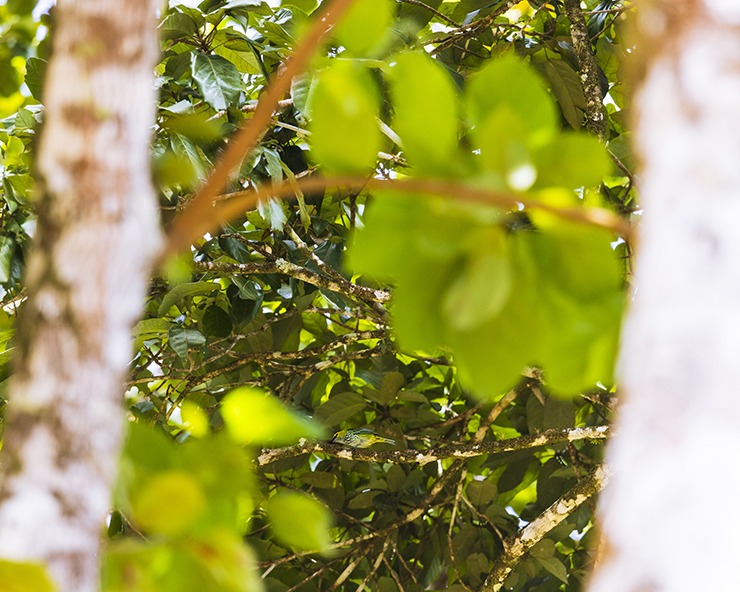
Speckled Tanager
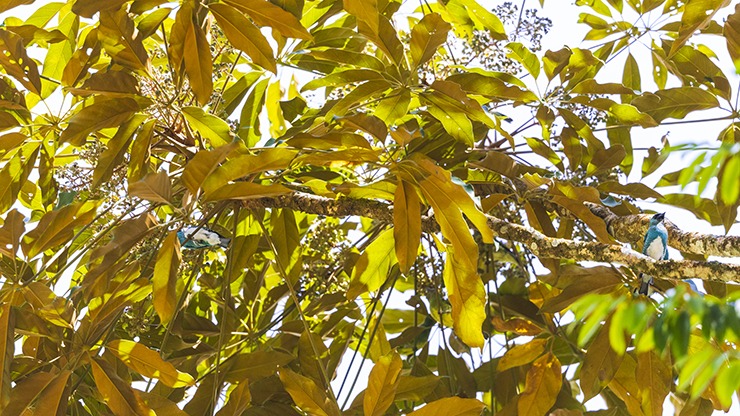
There are at least 6 Swallow Tanagers in the image above!

Ornate Hawk-Eagle
Eventually, we made our way back home, where we picked up species we had previously missed such as Rufous-browed Peppershrike, Tufted Coquette, and White-lined Tanager. As daylight faded, we enjoyed a fleeting view of a pair of Red-bellied Macaws. An American Pygmy Kingfisher flew past, giving a singular squeak before finding its preferred perch, from which it belted its signature staccato song. When the light left, we remained hopeful for the nocturnal cast – however the owls and nightjars remained silent. Our reward for our patience instead came in the form of an excellent view of a Short-tailed Nighthawk hunting in the muted light.
I don’t know where the next Global Big Day will find me in May 2026 – but wherever I am, I’m certain there will be birds. And for that day, I’ll turn into a lister again.
See our team total here.






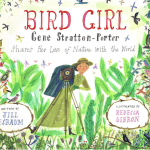
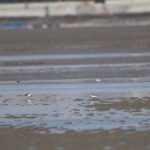
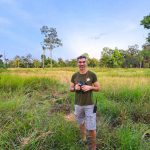

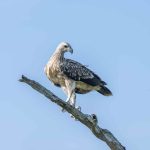
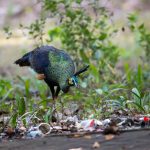
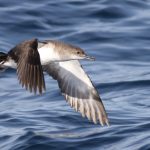
I was sad that I had only 9 species to contribute to our Big Day total. But, I had been sick and was still stuck at home. I aim to do better for the May 2026 Big Day.
The day after the Day was better for me, with the opportunity to visit a really nice reserve close to the city. I noticed my total for the “day after” beats all Palearctic and Nearctic lists, which is not bad (and a weirdly competitive statement, I agree). Pity Fitzroy got rained out – Panama can be extremely productive.